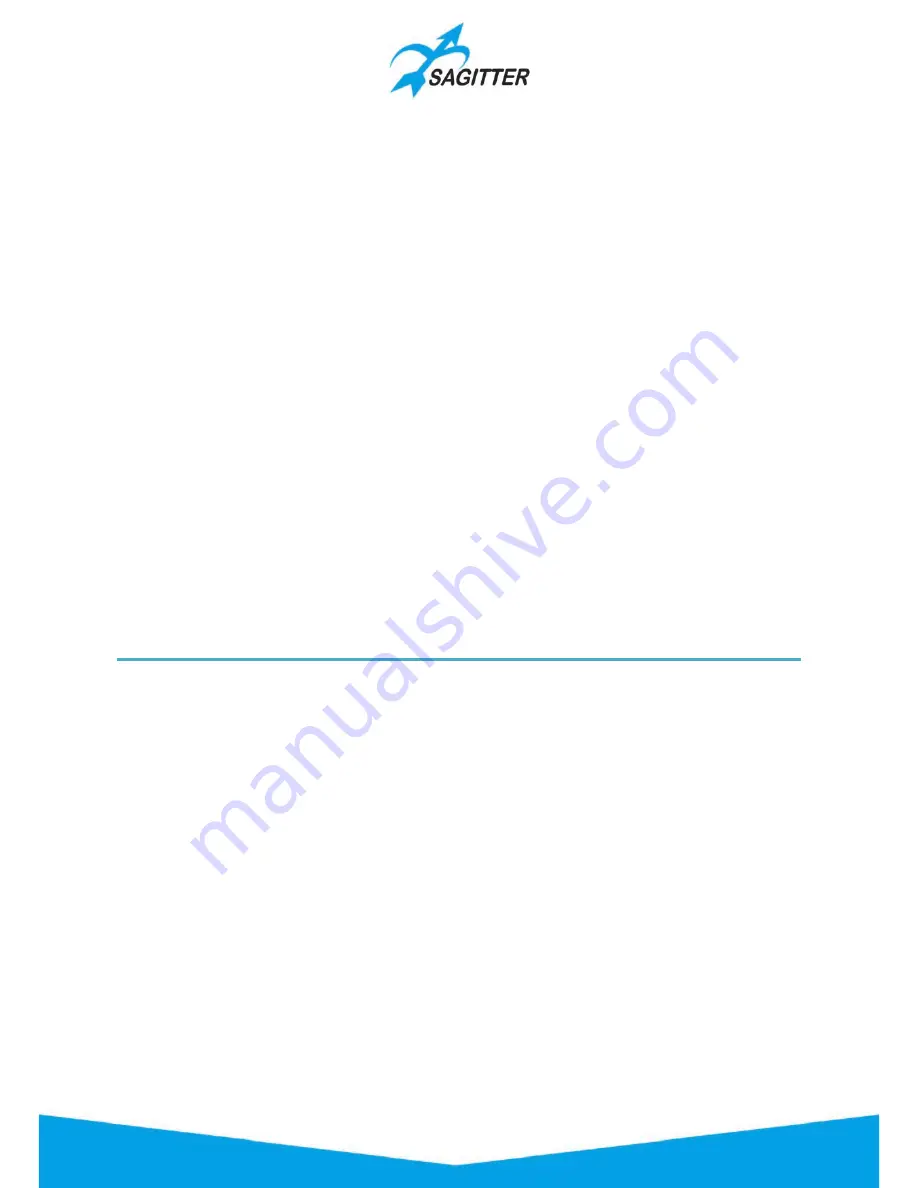
‐
Rename
: allows to change the fixture’s name.
‐
Change ID
: allows to change the fixture’s ID number.
‐
Pan lock
: locks or unlocks the pan control of the joystick for the moving fixtures.
‐
Tilt lock
: locks or unlocks the tilt control of the joystick for the moving fixtures
.
Group Mode
The groups window is identical, in both form and features, to the fixtures window, except for the
fact that the selection is made by groups. By pressing a group button, all the fixtures therein can
be alternately selected and de-selected. The organization of the fixtures into groups is particularly
useful when a show includes many fixtures and they are often managed together.
As for the fixtures, each group button has the same elements that mark out the fixture buttons:
ID, Status LED, Selection LED, background color and group name. In this case the selection LED can
assume also the yellow color to show that only some fixtures of the group have been selected.
The group’s contextual menu has the same options of the fixture’s contextual menu plus the
‘Delete group’ button that allows to remove the selected group.
Create or modify a group
To create a new group, select the fixture and then press the ‘Store’ switch and the ‘Group’ button
from the menu on the display. If a group with the same name is already present, it’s overwritten
and replaced.
There isn’t a specific command to modify a group, but you can proceed as for the creation of a
new group using the same name of the group to be replaced.
Palette
Palettes are pre-set memories that speed up the programming. Each fixture usually already has
some pre-defined palettes in the .pf file, but the user can create new custom ones.
The preparation of pan-tilt palettes can be very useful: once the preparation of the palettes is
complete, the pointing of the fixtures is done simply by selecting the desired fixtures and then
clicking on the palette of the desired location (for example pianist, guitarist, drummer etc.).
IMPORTANT:
when programming the cue with the palettes, the reference to the palette is saved
into the cue. Consequently, any palette’s modification is applied automatically to all the cues that
refer to it. This method is particularly useful to make position’s amendments on previously
programmed shows.
The palettes are divided into 6 types according to the parameter’s families (Intensity, Pan/Tilt,
Colors, Gobos, Prism and Blade). If one or more fixtures are selected, the palette window shows
only the palettes available for all the fixtures selected in the current family. If no fixture is
selected, then all the palettes in the current family’s show will be displayed.
27
Содержание QUIVER
Страница 1: ...User Manual English Software Release 1 10...
Страница 61: ...61...
















































